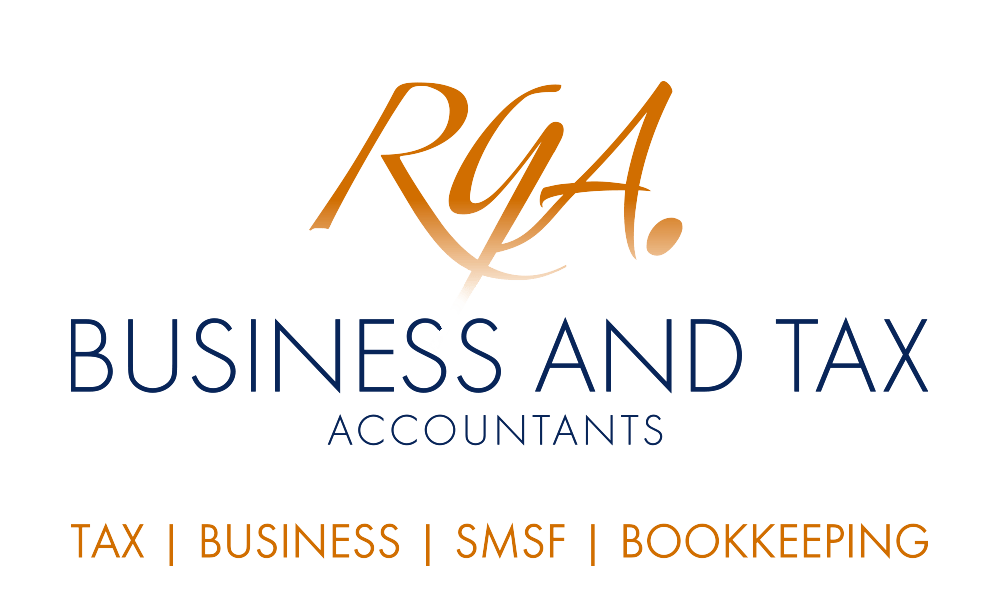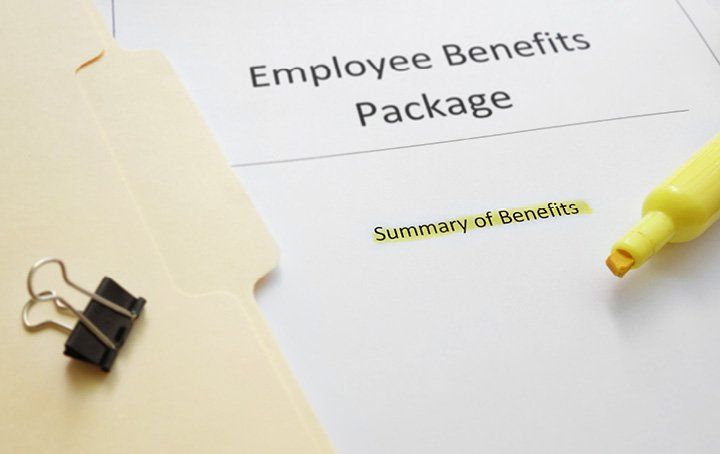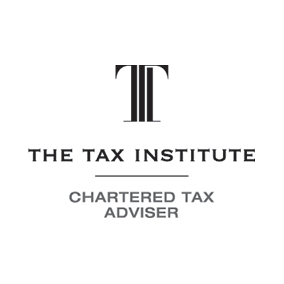Transferring a commercial property into an SMSF can be a great way to build retirement savings and take advantage of the concessionally taxed SMSF environment. But when acquiring property from a related party, it's vital the property meets the "business real property" test. Make sure you know the essential elements of this test when exploring this strategy.
Holding property in an SMSF can certainly have tax advantages. The rental income and capital gains are concessionally taxed, or even tax exempt to the extent the property supports retirement phase pensions. So, if you run a business and own your business premises, or are simply an investor with a commercial property, you may have thought about transferring the property into your SMSF.
The general rule is that SMSFs aren't permitted to acquire assets from a related party of the fund (which includes the members, their relatives and related trusts and companies). However, there are a few limited exceptions, including "business real property" (BRP) acquired by the SMSF at market value. This is the only type of real estate that an SMSF may acquire from a related party.
What is BRP?
BRP is property used "wholly and exclusively" in one or more businesses. The ATO says this generally means the entire area of the property must be used in business, and there should be no non-business use (eg personal use), unless it's a very minor or insignificant non-business use.
It doesn't matter who is conducting the business. Whether it's the property owners (eg the SMSF members or their related trust or company) who run the business, or an unrelated third party who rents the premises for their business, the property can still qualify as BRP.
Classic examples of BRP include a shop where a retail business is conducted, a factory where a manufacturing business is operated and office space leased solely to business tenants.
Farms can also qualify if they are used in a primary production business, and there's even a specific allowance for a residential area on the property of up to two hectares (provided the predominant use of the overall property is for the farming business and not residential use).
There are many other types of property that are not so straightforward. Whether a property meets the "BRP" definition depends on the particular facts of how it is used. The ATO provides the following examples of property that would not be BRP:
- In many cases, residential rental premises . Many typical "Mum and Dad" investment property owners simply derive passive rental income and don't carry on a business. In contrast, if someone owns and rents out residential property as part of a large-scale property investment business , the land would potentially qualify as BRP.
- Similarly, many holiday rental properties where the owners are passive investors who do not run a business of letting holiday accommodation. Even if the owners hire an agent to manage the property, it will not be BRP.
- Mixed-use properties where there is business use but also non-business use that is more than minor. The ATO gives these examples of mixed-use properties that would not be BRP: a commercial warehouse where the landlord reserves 10% of the floor space for her own personal storage use, and a mechanic business run from a home garage attached to the mechanic's private dwelling.
Other considerations
Make sure you get professional advice before jumping in. Transferring BRP into an SMSF raises a number of tax and compliance issues:
- The property must be acquired at market value.
- Once the property is held in the SMSF, any lease to a related party must comply with the relevant superannuation laws.
- You may have capital gains tax (CGT) and stamp duty liabilities when you transfer the property into the SMSF. Your tax adviser can help you determine whether you qualify for any small business CGT concessions.
Looking to get into property?
Contact us today to discuss a tax-effective SMSF strategy for your commercial property, in conjunction with your financial planner.
© Copyright 2019. All rights reserved. Source: Thomson Reuters. IMPORTANT: This communication is factual only and does not constitute financial advice. Please consult a licensed financial planner for advice tailored to your financial circumstances . Brought to you by Robert Goodman Accountants.
















